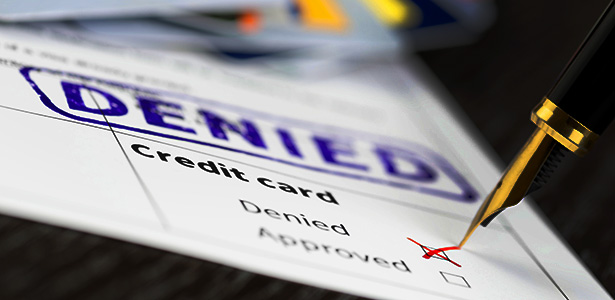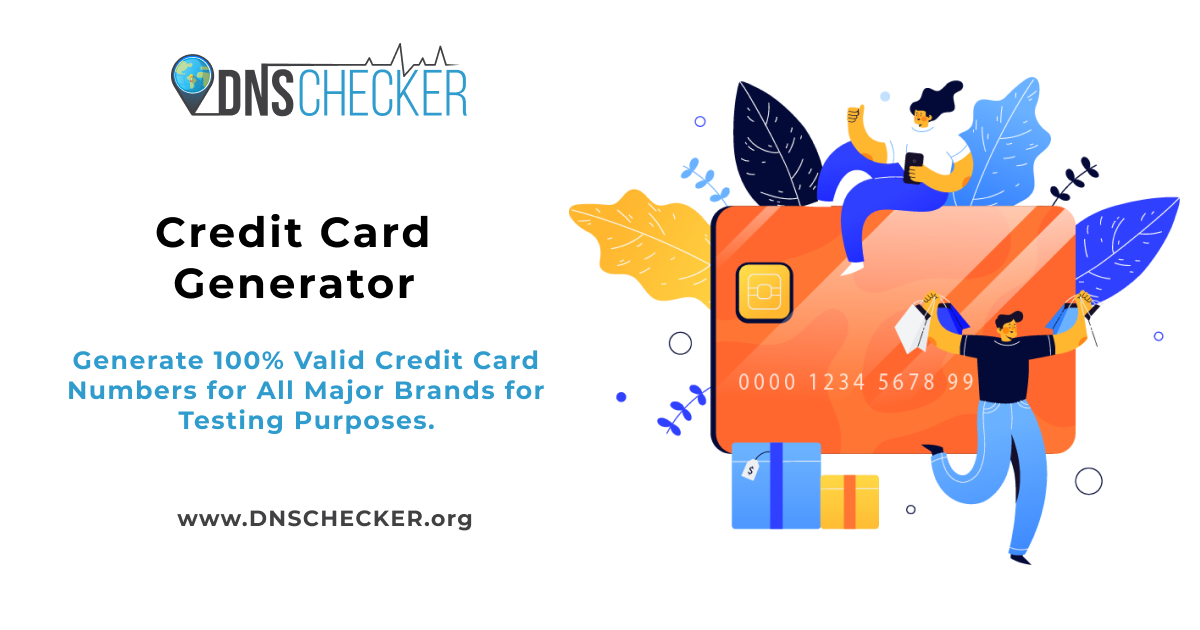Great Ideas On Picking Credit Card Apps
What Is Considered Suspicious Behaviour And How Can It Cause The Removal Of A Credit Card?Certain behaviors or actions could trigger red flags and could be considered to be suspicious, leading to a credit card being blocked or flagged by the issuer of the card or a financial institution. Examples of suspicious behaviour include: unusual spending patterns-
The suspicion can be raised due to unusually large transactions, or a significant increase in spending when compared with the typical behavior of the cardholder.
Unrecognized Transactions
Fraud could be indicated by transactions that are not authorized or unauthorised on the account statement that the cardholder hasn't initiated or approved.
Multiple Declined Transactions-
A pattern of several failed or declined transactions in an extremely short period of time, particularly if the cardholder has a good overall transactions history, could signal an issue.
Geographic Anomalies
Suspicions can be raised if you have to make multiple purchases at different locations in an unspecified time or are made from a location that is far away from the place where the cardholder typically spends.
Types of Purchases that are Abnormal-
Unusual purchases of high value items, or that do not match the credit cardholder's spending habits may be reported.
Uncommon Online Behavior
Unexpected or unusual online activity like multiple failed logins, changes in the account's details or unusual login attempts, might be a sign of unauthorised access.
Unusual Card Use
Instances where a card is used in a way that is not its normal usage pattern for example, being used for international transactions even though it was previously employed locally, may be seen as suspicious.
Unexpected Cash Transfers or Advances
The large amount of cash advance or transfer that aren't typical for the cardholder's spending behavior can trigger alerts.
Frequent transactions that do not require a credit card
Atypically high number of transactions (online, over the telephone or any other method) with cards that are not present with previous experience could raise suspicion.
Issues with Identity Verification
Particularly in situations of further verification, it can be suspicious if you have difficulties verifying the identity of your cardholder when you make a purchase.
These behaviors could trigger fraud detection systems and monitoring mechanisms within the card issuer, causing them to look into, or even block the card temporarily, or check the authenticity of transactions.

What Should I Do When I Suspect That My Credit/Debit Card Is Blacklisted?
You must take the following actions when your credit card is listed on a list or there is a suspicion of fraud. Call Your Credit Card Issuer Immediately
Call the customer care number that appears on the reverse of your credit card. Visit the website of the issuer for an exclusive hotline to report a fraud.
Inform the issuing bank of the concerns you have. Declare that you believe that there was a fraud on your card or that it may be compromised.
Report Suspicious Activity-
You should explain any transactions you suspect are suspicious or not authorized on your statement.
Provide specific details about the transactions you are concerned about with respect to dates, amounts and merchant names, when they are available.
Request Card Blocking and Replacement
You can request the company that issued your card in order to prevent any additional fraudulent transactions.
To continue access to credit, inquire about the procedure for replacing your credit card.
Review Your Account to Dispute Charges
You may have missed some suspicious transactions or accounts in the event that you didn't review your recent transaction and account statements.
If you discover unauthorised charges, inform the card issuer and request them to investigate.
Make sure you keep track of your credit score.
Take the time to make contact with the company that issues credit cards.
Check your credit card account regularly for unusual or suspicious changes.
You might want to consider putting up Fraud Alerts or Security Freezes
You might want to place the security freeze on your credit file, based on the severity of the situation is. This can help prevent fraudulent activity or identity theft.
The report is sent to AuthoritiesReport to Authorities
If you suspect that fraud or identity theft is occurring, report the situation to the Federal Trade Commission and file a police report in the area you live in.
It is essential to act quickly to minimize potential losses and prevent additional fraudulent transactions. Notifying suspicious transactions and working with the card issuer could reduce the risk of potential fraud or misuse.

Cybersecurity Experts Identify And Monitor Cyber Threats Such As Stolen Credit Cards.
Security professionals monitor and detect security threats like stolen credit card numbers with a variety of tools and techniques. A few of these techniques and methods include: Threat Intelligence Gathering
To stay informed about emerging threats and vulnerabilities, collect information from multiple sources including forums, threat intelligence feeds and monitoring of the dark web.
Network Monitoring and Intrusion Detection
Software and tools that monitor network traffic to spot anomalies, suspicious activity or other indicators of unauthorized access.
Vulnerability Assessments & Penetration Testing
Conducting periodic assessments to discover weaknesses in systems, applications or networks. Testing for penetration is a type of attack that uncovers vulnerabilities and reveals the security posture of an organization.
Security Information and Event Management System (SIEM),
Implementing SIEMs that aggregate log data and analyze it across different sources (such a firewalls servers and applications) in order to recognize security breaches and then respond immediately.
Behavioral analytics:
Utilizing behavioral analysis to detect any abnormal patterns, deviations or abnormalities from the typical user behaviours in systems or networks that could indicate a possible security compromise.
Threat Hunting
The analysis of logs, system data and other data to identify possible threats that may have evaded the conventional security measures.
Endpoint Security Solutions
Make use of endpoint security (such anti-malware programs such as endpoint detection tools, endpoint detection tools, response tools and others.) to guard the devices as well as your endpoints from malicious activities.
Data encryption and Protection
Implementing encryption technologies to secure sensitive information, including credit card numbers at rest and in transit and at rest to reduce the risk data breaches.
Incident Response and Forensics
Developing and implementing incident response plans to promptly react to security breaches. Conducting forensic analysis to investigate and understand the scope, impact, and source of security incidents.
Cybersecurity specialists combine these approaches with a solid understanding of guidelines and best practices for compliance to detect, reduce and swiftly respond to cyber-related threats. Cyber threats can be defended through a combination of constant monitoring, threat information as well as proactive security. View the top rated savastan0 cc for more tips.
